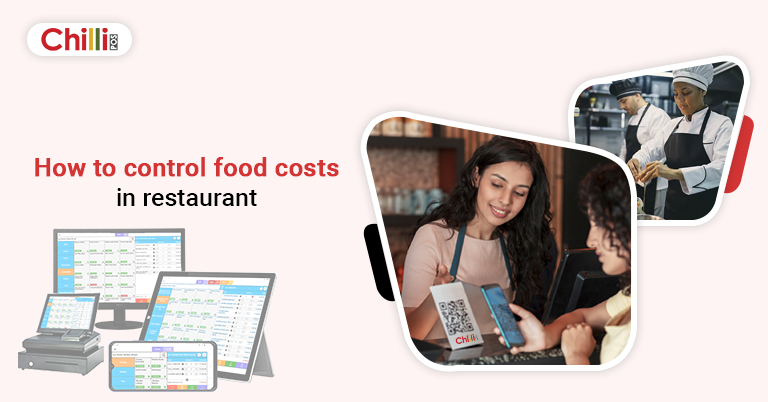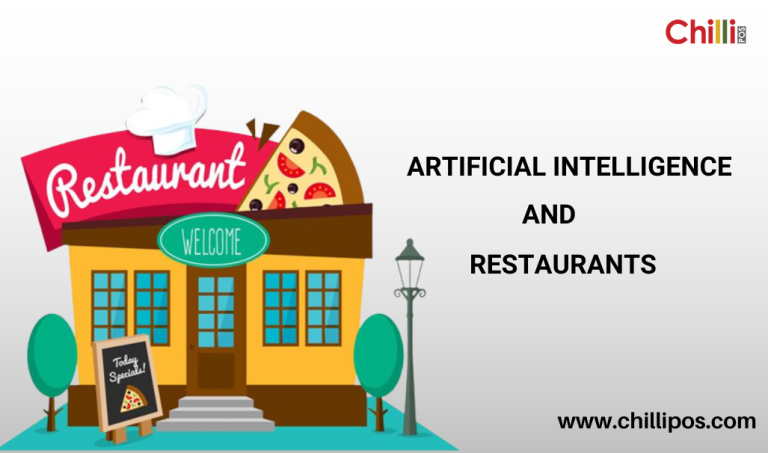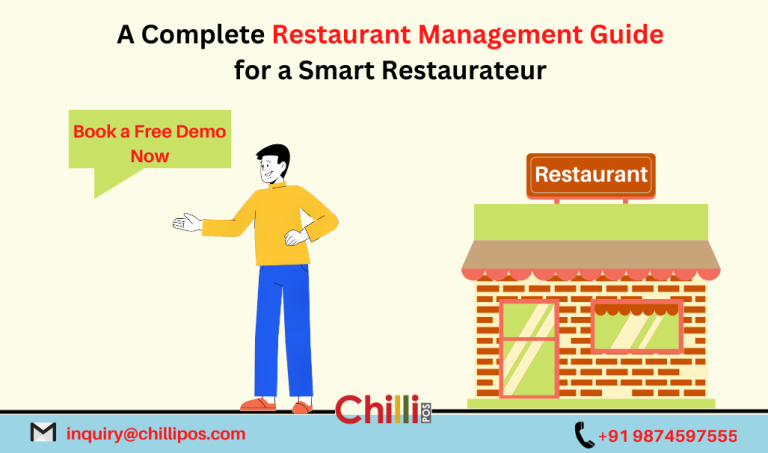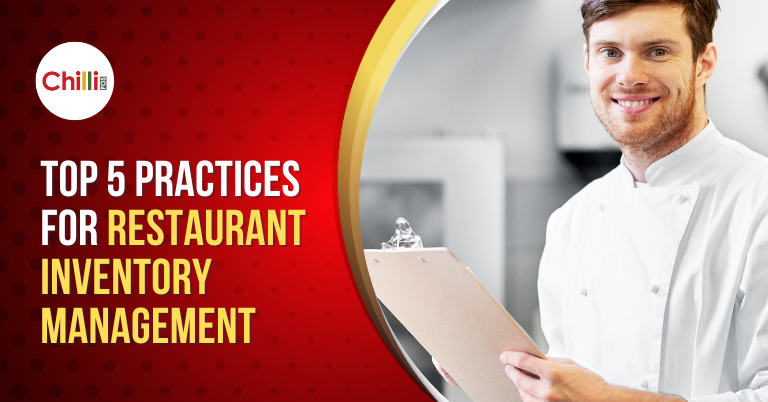How to Reduce Restaurant Food Costs
Running a successful restaurant isn’t just about creating delectable dishes and providing excellent service; it’s also about managing your expenses effectively. Among the most significant expenses in the restaurant industry is food cost. Keeping your food cost under control is crucial for profitability. In this blog, we’ll delve into some proven strategies to help you manage and reduce your restaurant’s food costs.
1. Regularly Update Your Menu
Menu engineering is a strategic approach that involves analyzing the popularity and profitability of each dish on your menu. By identifying your best-sellers and high-margin items, you can streamline your menu to focus on dishes that maximize profits. Remove underperforming items or modify them to improve their appeal and profitability.
2. Optimize Inventory Management
Effective inventory management is the cornerstone of controlling food costs. Implement a reliable inventory tracking system to monitor ingredient usage, track expiration dates, and reduce food waste. Regularly review your inventory levels and adjust your purchasing accordingly to prevent overstocking or running out of crucial ingredients.
3. Negotiate with Suppliers
Build strong relationships with your suppliers and negotiate pricing and terms. Bulk purchasing and supplier partnerships can often lead to discounts and favorable credit terms, reducing your overall food costs. Be proactive in seeking out the best deals and regularly compare prices from different suppliers.
4. Portion Control
Implement strict portion control measures to ensure that every plate leaving your kitchen contains the right amount of ingredients. Train your kitchen staff to consistently measure and portion ingredients accurately. This not only reduces food costs but also maintains consistency in taste and presentation.
5. Monitor and Minimize Food Waste
Food waste is a significant contributor to food costs. Implement a waste tracking system to identify where and why food is being wasted in your kitchen. Use this data to make informed decisions on portion sizes, production quantities, and menu planning. Consider donating excess food to reduce waste and contribute to your community.
6. Invest in Staff Training
Properly trained staff are essential for controlling food costs. Train your kitchen and serving staff to handle ingredients efficiently, minimize spills, and practice portion control. Educate them about the importance of cost control and involve them in finding innovative ways to reduce waste.
7. Regular Menu Price Review
Don’t be afraid to adjust menu prices periodically to reflect changes in food costs, supplier prices, and market trends. A well-planned price increase can help maintain profitability without sacrificing the quality of your offerings. Be transparent with your customers about these changes.
8. Analyze and Use Data
Utilize restaurant management software or Point of Sale (POS) systems that offer data analysis capabilities. These tools can provide insights into sales trends, popular items, and customer preferences. By leveraging this data, you can make informed decisions about menu changes and pricing strategies.
9. Monitor Kitchen Efficiency
Efficiency in the kitchen directly impacts food costs. Evaluate kitchen processes and workflows to identify bottlenecks and areas for improvement. Streamline kitchen operations to reduce labor costs and minimize preparation times.
10. Regularly Review and Revise Strategies
Food cost control is an ongoing process. Regularly review your strategies and make adjustments as needed. Market conditions, supplier offerings, and customer preferences can change, so staying adaptable is key to long-term success.
In conclusion, effective food cost control is essential for the financial health of your restaurant. By implementing these strategies and maintaining a vigilant eye on your costs, you can optimize your operations, improve profitability, and continue to offer exceptional dining experiences to your customers.
Restaurant POS (Point of Sale) systems play a pivotal role in controlling food wastage by offering real-time inventory tracking. They enable accurate monitoring of ingredient usage, allowing kitchen staff to prepare meals precisely according to customer orders. This minimizes overproduction and excess inventory, reducing the chances of food spoilage. Additionally, POS systems generate detailed reports on sales and inventory turnover, helping restaurant owners identify trends and adjust their purchasing and menu offerings accordingly. By facilitating efficient inventory management, restaurant POS systems significantly contribute to the reduction of food wastage and the optimization of overall operational efficiency.







